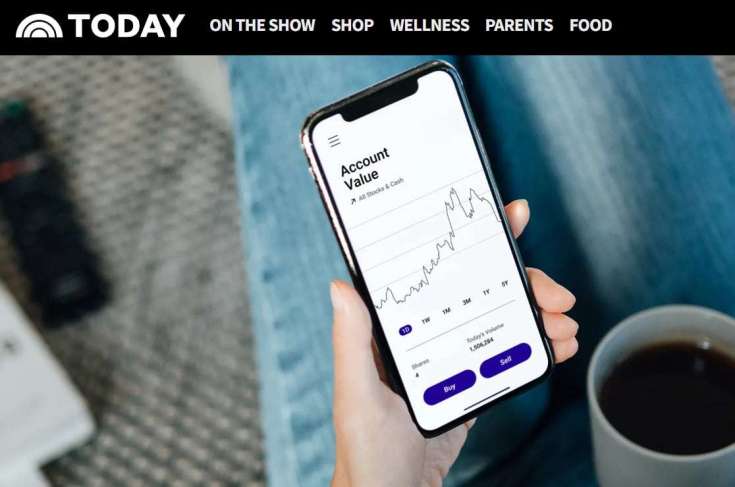Jackyenjoyphotography | Moment | Getty Images
Steady contributions make investing ‘more palatable’
Among the primary benefits of dollar-cost averaging: It strips the emotion out of investing.
“Doing a little bit over time will average out the good days and bad days [in the market] and make it a more palatable experience for you,” said Sean Deviney, a certified financial planner based in Fort Lauderdale, Florida.
Emotion can be a toxic force for investors. For example, the fear of losing money can trigger harmful behavior such as trying to time the market, akin to guessing the best time to buy and sell.

Unfortunately, those efforts “often backfire,” according to Finra.
People often sell out of fear when stocks decline in value, and then miss out on potential gains when stocks rebound, the regulator said. For example, the S&P 500 stock index lost almost 20% last year, its worst showing since 2008. Investors who sold out have missed a roughly 12% gain so far in 2023.
Conversely, people might rush in when stocks surge — and buy right before stocks are about to drop.
There are all sorts of reasons to be nervous these days, like the ongoing war in Ukraine and a potential recession on the horizon.
“There’s always going to be a reason not to invest,” said Deviney, director at Provenance Wealth Advisors. “If you’re always looking at a reason not to invest, you’re missing out on long-term wealth accumulation. Dollar-cost averaging makes that a little bit easier.”
The strategy can also help minimize regret. Investing smaller sums of money in chunks makes it easier to stomach a poorly timed investment, according to Charles Schwab.
When a lump sum investment makes sense
However, dollar-cost averaging isn’t always the best move, or necessarily right for everyone.
Investors who can withstand the urge to sell during ugly times may get higher long-term returns by investing with a lump sum instead of spreading that sum out in pieces, according to Finra. This assumes the investor is holding that sum as cash, which generally yields lower returns than stocks over time.
Dollar-cost averaging may also mean more fees for investors if they incur a cost for each transaction, Finra said.


